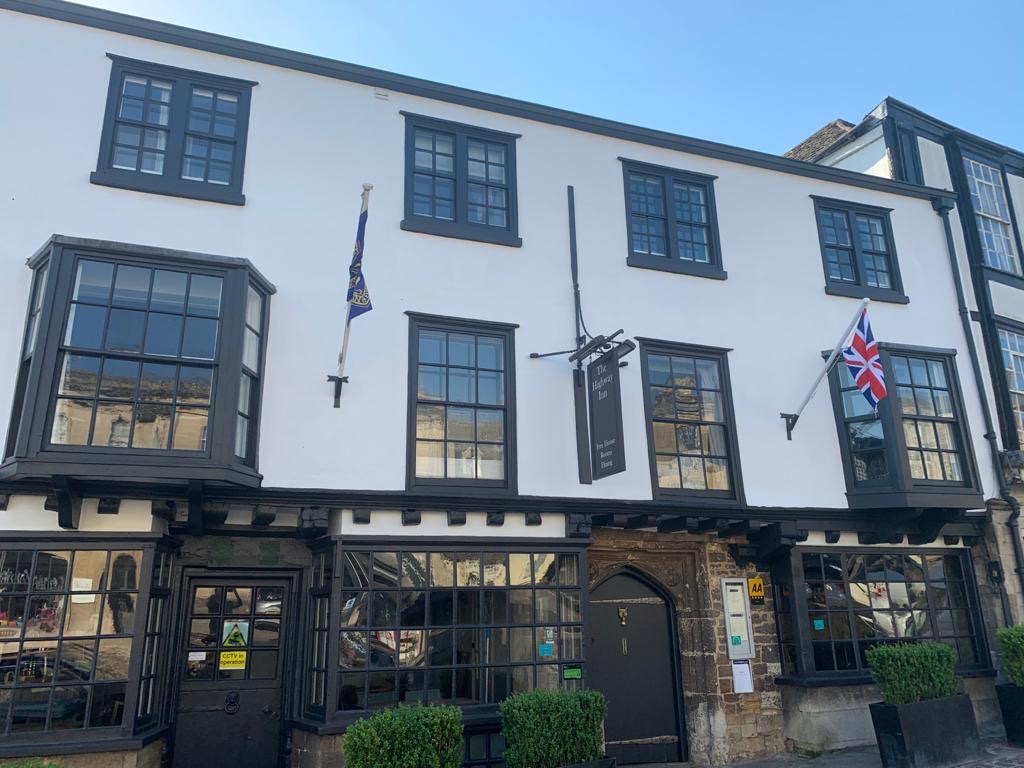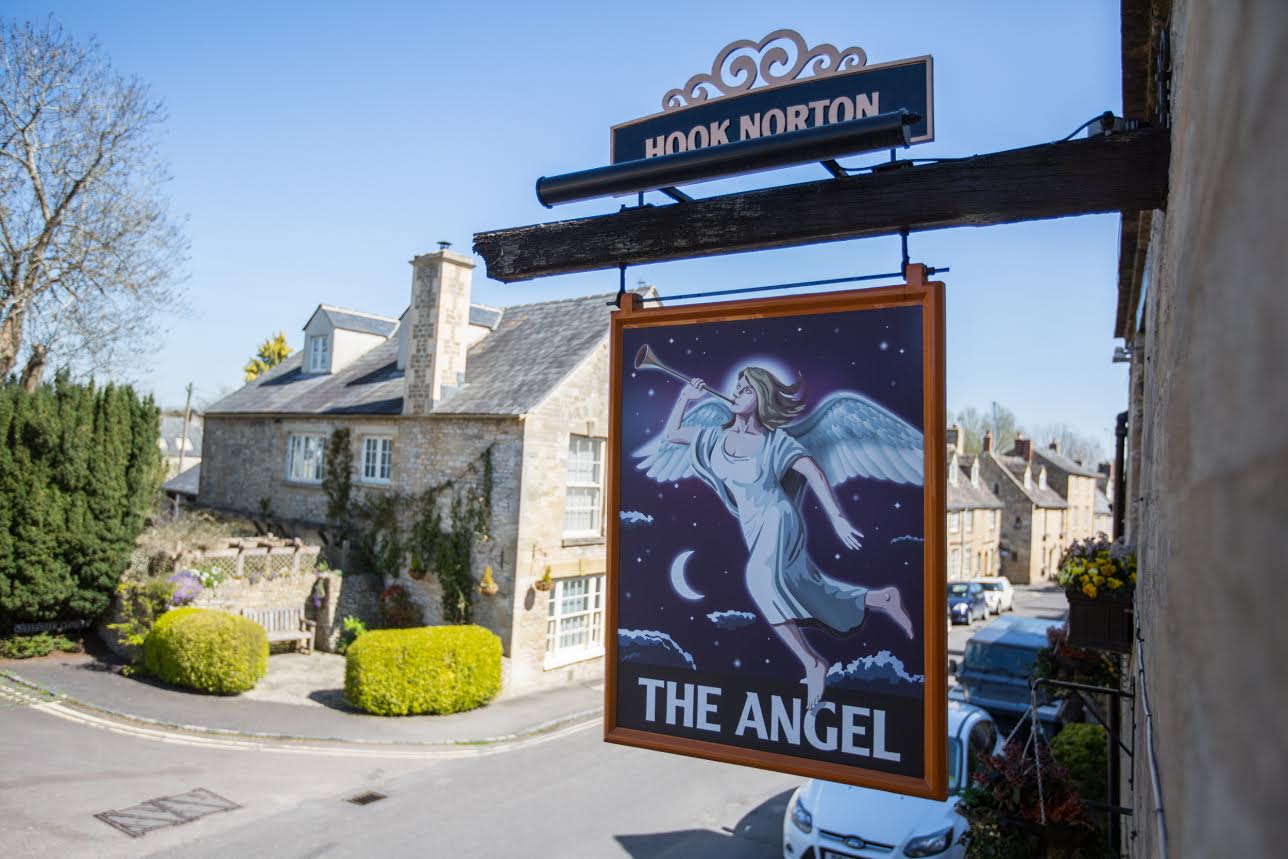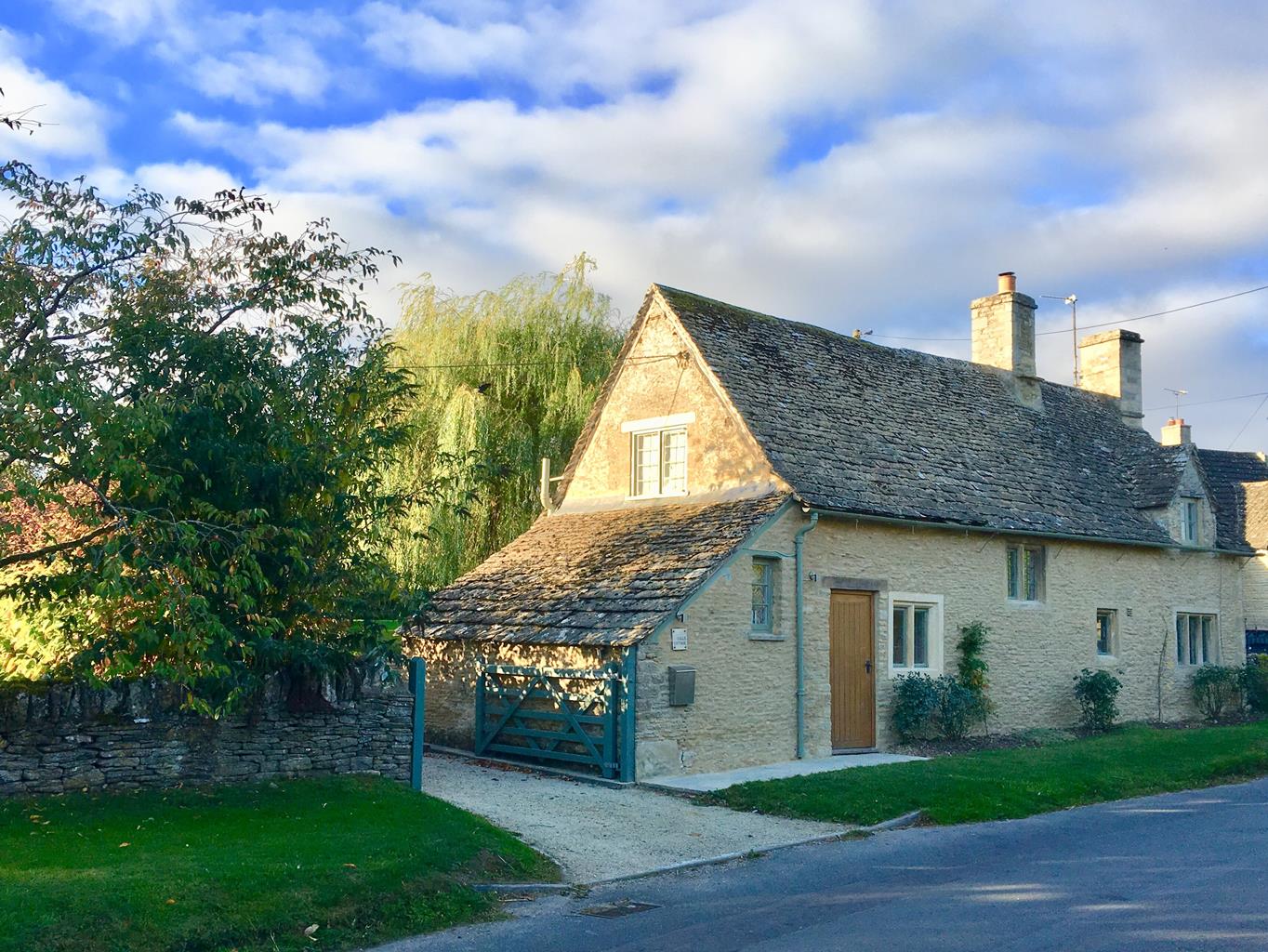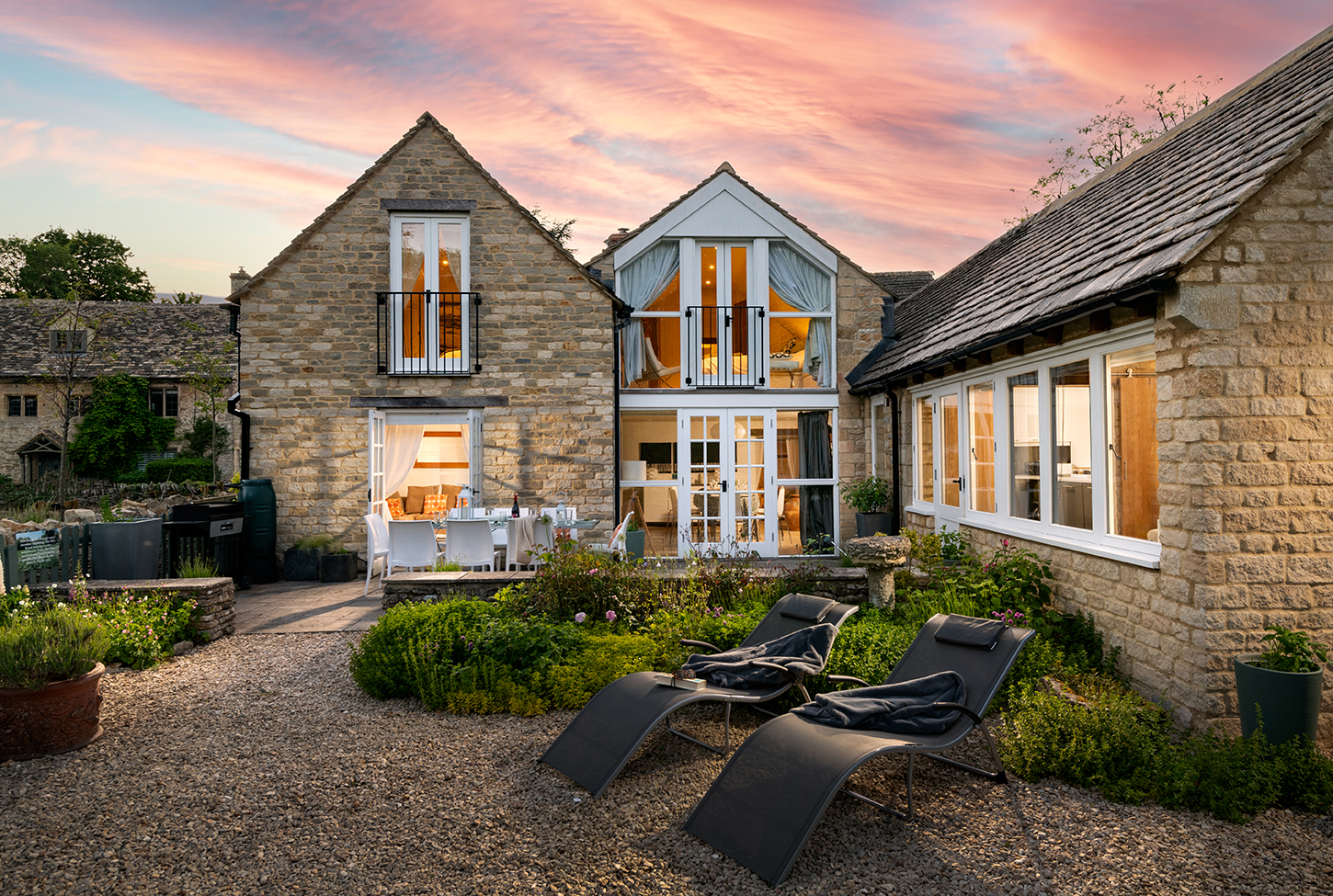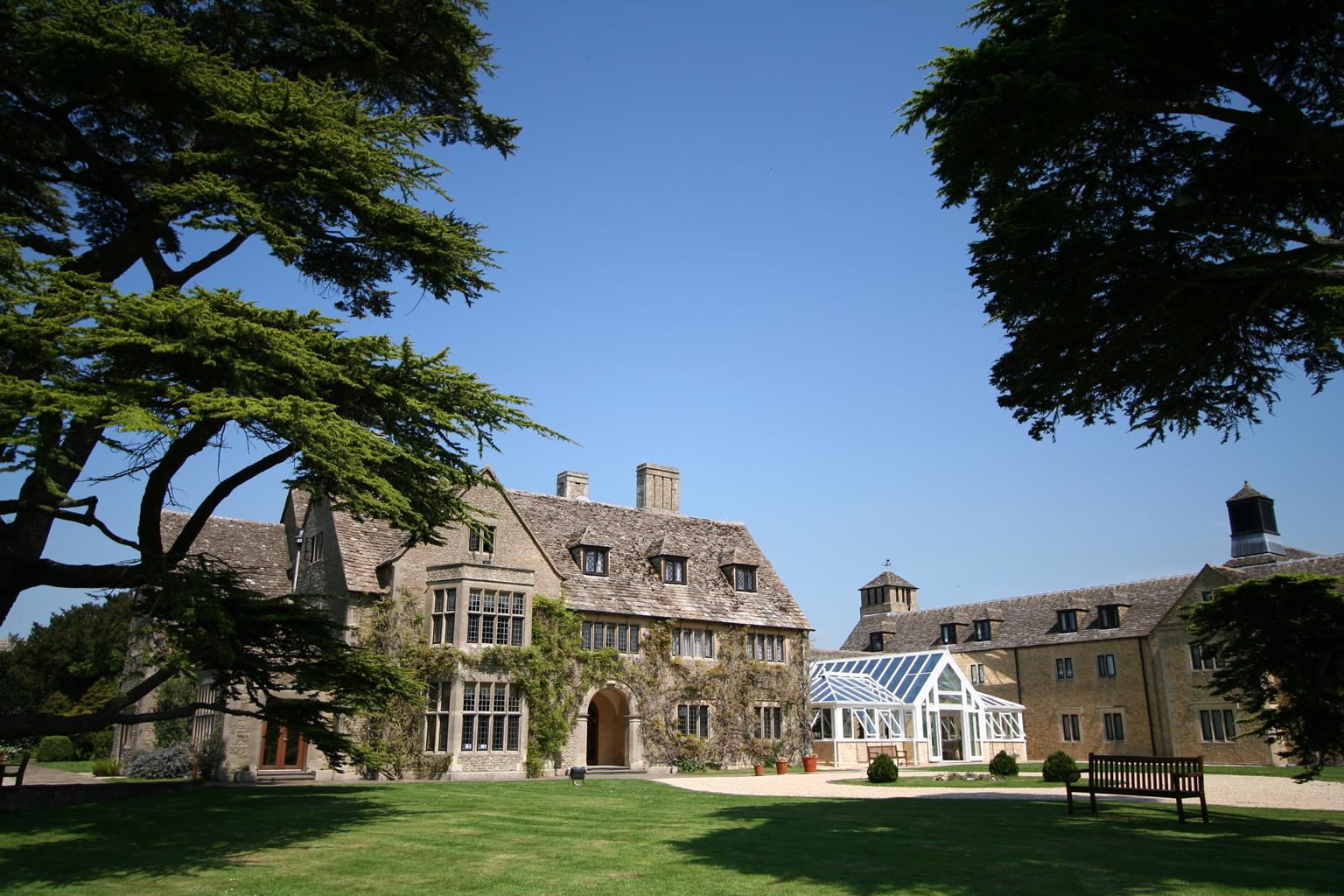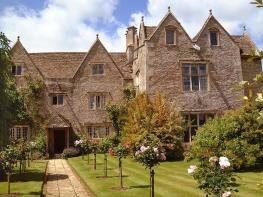Culls Cottage has everything you need for a perfect holiday. Dating back to 1670 the cottage…
Lechlade and the Thames

5.75 miles (9.2kms)
About the walk
At different stages of this walk the high, slender spire of Lechlade’s majestic parish church is seen on the horizon, even as the route strays into Wiltshire and Oxfordshire. The church was the inspiration for Percy Shelley’s Summer Evening Meditation, which includes these lines:
Clothing in hues of heaven thy dim and distant spire
Around whose lessening and invisible height
Gather among the stars the clouds of night
The church has a panelled chancel roof decorated with 40 exquisitely carved bosses and stone corbels. The exterior is parapeted with two rich tiers of quatrefoils. Pinnacled buttresses bear the weight. On the last leg of the walk there’s another interesting church, at Buscot. It contains a striking east window by the pre-Raphaelite artist Edward Burne-Jones, a pulpit partly made from a Flemish triptych, and some delightful paintings.
Lechlade was the upper limit for navigation on the Thames, and is the only town within the county of Gloucestershire to be found on the river. In 1789, when the Thames and Severn Canal was completed, it became possible to move cargoes from ship to barge for the 29-mile (46.5km) journey across Gloucestershire. Cotswold stone for the dome of Wren’s St Paul’s Cathedral was loaded into barges at Lechlade and at one time Gloucestershire cheeses also began their journey to London from here.
With both the River Coln and the River Leach flowing into the River Thames hereabouts, it is no surprise that there are a number of bridges on this walk. Beneath the bridges, crowds of river pleasure craft have replaced the trading vessels of the past while, above, the bridges continue their function, bearing modern-day road traffic. Near the start, the walk crosses Ha’penny Bridge, a late 18th-century toll bridge. The toll house still stands.
St John’s Bridge, the last bridge before Ha’penny Bridge on the walk back to Lechlade, dates from the 14th century and takes its name from a former priory nearby. This, like Ha’penny Bridge, was also a toll crossing. Nearby St John’s Lock includes the statue of ‘Father Thames’. It was built for the Great Exhibition of 1851, and moved here from its original site at Thames Head near Cirencester.
Walk directions
From the car park in Lechlade go south to the Market Place, then walk west along the High Street, and then left along Thames Street. Cross Ha’penny Bridge and on the far side drop down some steps on the right to the riverbank. Walk ahead, with the river to your right, for just over 0.5 miles (800m). After passing a bridge across the Thames, draw level with an old roundhouse among the trees on the far bank.
Here the River Coln joins the Thames, alongside the now silted-up Thames and Severn Canal. Continue along the riverbank, cross a footbridge over a stream, and head across the field to find a kissing gate to the left of Inglesham House. The walk continues by turning left along the lane, but to visit Inglesham Church turn right. This charming medieval building, much admired by William Morris, contains an exceptionally beautiful 13th-century stone carving of a Madonna and Child.
At the end of the lane turn right along the main road, using the verge. After 200yds (183m) turn left towards Buscot. In 0.75 miles (1.2km) turn left along the drive of Buscot Wick Farm. Just before the farmyard and cottages turn right along a drive and then go across some grass to a gate.
Look for near and distant black gates across extensive pasture and use them to guide you. Keep to the right of a copse, passing through three gates to reach the road. Go through a gate on the far side, cross two fields to a stile and turn left into the churchyard. Leave by the lychgate and follow the riverbank to emerge at Buscot Weir.
Follow the concrete track here if you want to visit the estate village of Buscot, which now belongs to the National Trust. Otherwise turn left, then right to pass Lock Cottage and make your way across a succession of bridges at Buscot Lock, following a sign for ‘Lechlade 2 miles (3.2km)’. Continue to a galvanized gate by a large sign indicating the lock ahead. Follow the river’s meanderings, with the spire of St Lawrence’s Church seen in the distance, and remain on the tow path to a wooden bridge just beyond a three-way post.
Cross this and turn right to continue along the riverbank, and soon pass over the River Cole just before St John’s Bridge. Walk beneath the bridge, pass St John’s Lock, then enter a wide meadow to return to Ha’penny Bridge and Lechlade. Turn right at the High Street and walk back through Lechlade to return to the Memorial Hall car park.
Additional information
Fields, tracks and road; many stiles
Water-meadows, river and village
On lead at locks; much birdlife beside rivers
OS Explorer 170 Abingdon
Memorial Hall and sports complex off A361 north
On Burford Street in Lechlade
WALKING IN SAFETY
Read our tips to look after yourself and the environment when following this walk.
Find out more
Also in the area
About the area
Discover Gloucestershire
Gloucestershire is home to a variety of landscapes. The Cotswolds, a region of gentle hills, valleys and gem-like villages, roll through the county. To their west is the Severn Plain, watered by Britain’s longest river, and characterised by orchards and farms marked out by hedgerows that blaze with mayflower in the spring, and beyond the Severn are the Forest of Dean and the Wye Valley.
Throughout the county you are never far away from the past. Neolithic burial chambers are widespread, and so too are the remains of Roman villas, many of which retain the fine mosaic work produced by Cirencester workshops. There are several examples of Saxon building, while in the Stroud valleys abandoned mills and canals are the mark left by the Industrial Revolution. Gloucestershire has always been known for its abbeys, but most of them have disappeared or lie in ruins. However, few counties can equal the churches that remain here. These are many and diverse, from the ‘wool’ churches in Chipping Campden and Northleach, to the cathedral at Gloucester, the abbey church at Tewkesbury or remote St Mary’s, standing alone near Dymock.
Nearby stays
Restaurants and Pubs
Nearby experiences
Recommended things to do
Why choose Rated Trips?
Your trusted guide to rated places across the UK
The best coverage
Discover more than 15,000 professionally rated places to stay, eat and visit from across the UK and Ireland.
Quality assured
Choose a place to stay safe in the knowledge that it has been expertly assessed by trained assessors.
Plan your next trip
Search by location or the type of place you're visiting to find your next ideal holiday experience.
Travel inspiration
Read our articles, city guides and recommended things to do for inspiration. We're here to help you explore the UK.







